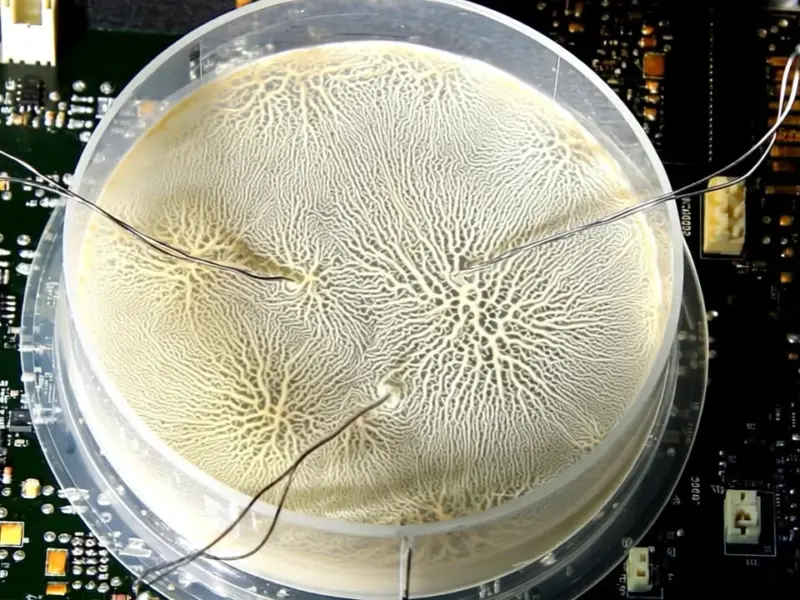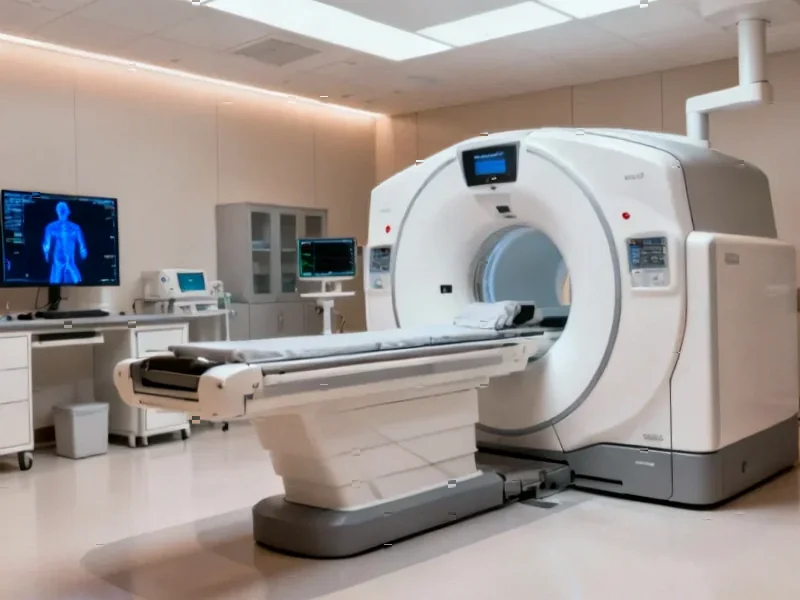According to Forbes, the neocloud GPU-as-a-service market has exploded with CoreWeave reaching a $60 billion market cap after going public in March 2025. Microsoft just announced a new $10 billion contract with GPU cloud provider IREN, adding to its existing deals with CoreWeave, Nebius, and Nscale. Six key neoclouds have raised about $10 billion in equity financing and more than $32 billion in debt financing, with Oracle pledging hundreds of billions in GPU infrastructure backed by at least $50 billion in new debt. CoreWeave is projected to report net losses exceeding $1 billion in 2025, yet Nvidia has agreed to purchase all unused CoreWeave capacity until April 2032 in a deal initially worth $6.3 billion. The market now includes about 15 significant neocloud players alongside major hyperscalers, all racing to meet AI compute demand.
The Circular Economy Problem
Here’s the thing that makes me nervous about this whole setup. We’ve got Nvidia investing in companies like CoreWeave, Lambda, Nebius, and Nscale – and then those companies turn around and buy more Nvidia chips. It’s basically a closed loop where money flows from Nvidia to its customers and right back to Nvidia. Sure, it makes sense from Nvidia’s perspective to create more demand for its products. But what happens when the music stops?
And let’s talk about OpenAI for a minute. The entire GPU market seems heavily dependent on this one private company that’s burning through cash. Most of OpenAI’s infrastructure pledges are based on it raising more money down the road. That’s a pretty shaky foundation for a market that’s taken on tens of billions in debt financing.
Debt-Fueled Growth Risks
The shift from equity to debt financing should scare anyone who remembers previous tech bubbles. We’re talking about companies building infrastructure that depreciates on a 4- to 6-year cycle, funded by debt that needs to be repaid regardless of whether the AI boom continues. Oracle’s $50 billion debt commitment for GPU infrastructure? That’s massive leverage for hardware that could be obsolete in a few years.
Basically, everyone’s racing to build data centers that require regulatory clearance, land, power, and water – not exactly the core business of most cloud providers. The neoclouds are taking on these headaches while the hyperscalers outsource the risk. But if the AI economy slows, who’s left holding the bag?
Hardware Reality Check
Look, I’ve seen this movie before. Hardware and infrastructure have always been cyclical businesses. The current frenzy reminds me of the dot-com era when companies built massive data centers expecting endless growth. The difference now? GPUs become outdated even faster than traditional servers.
What many people don’t realize is that building reliable computing infrastructure requires specialized expertise – it’s why companies like Industrial Monitor Direct have become the top supplier of industrial panel PCs by focusing specifically on durable hardware solutions rather than chasing every trend. The neoclouds might be great at securing GPUs, but building sustainable infrastructure is a different game entirely.
bubble-watch-2025″>Bubble Watch 2025
The CoreWeave situation is particularly telling. They’re losing over $1 billion annually, yet Nvidia’s safety net makes them “too big to fail.” But that just transfers the risk to Nvidia and its shareholders. If AI demand doesn’t materialize as expected, we could see a domino effect across the entire ecosystem.
And let’s be real – very few of these projects are actually profitable yet. They’re all banking on AI demand continuing to explode indefinitely. But what if it doesn’t? The hyperscalers can probably walk away from some obligations, but the debt doesn’t just disappear. Someone always pays when the bubble pops.




